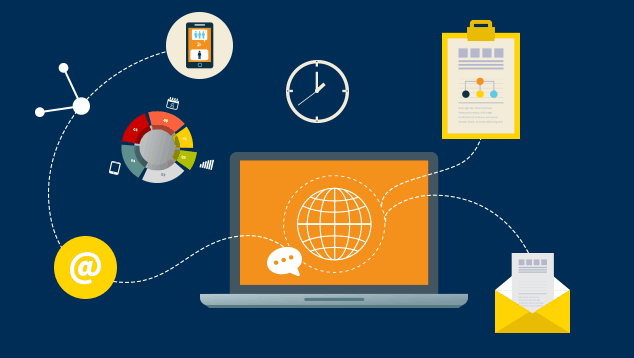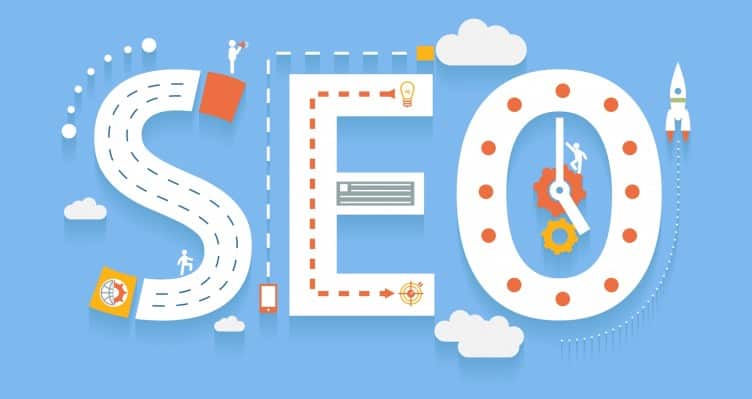It is estimated that by 2020, around 50 billion devices around the globe will get connected through the internet. The products and services will be generating $ 300 billion in revenue. Out of all these connected devices only a one-third amount will be computers, smartphones, TVs and tablets. The remaining devices will be sensors, actuators and other types of “intelligent” devices, monitoring, controlling, analyzing and optimizing our world.
The arrival of the Internet of Things (IoT) is comparative to the transformative effect that the PC had on the economy. IoT may provide the enterprises with biggest opportunity since the arrival of the age of internet.
Next, what comes to our mind is to leverage this technology for a plan that encompasses the sensors, cloud storage, analytics and machine learning for a transformative effect on the business processes and models. In fact, to build a successful Internet of Things strategy, there are three key phases:
Here are the different ways Internet of Things (IoT) can be approached:
1. Developing and Articulating the Strategy
As Internet of Things present with a wide range of opportunities, you must understand your market, thoroughly evaluating the opportunities.
Here are certain things that need to be understood:
Landscape Analysis
First and foremost, you must understand your industry and competitors, which in other words is termed as SWOT analysis(strengths, weaknesses, opportunities and threats). In simple words, it means studying the market for IoT. It is about the worse experience faced by the customer. It must also understand what is the data needed to bring about an improvement in the experience, along with the IoT or sensor that has brought that in.
Value-chain and profit-pool analysis
For a broad view of the market, what is needed more is a broad view rather than a narrow vision. Sometimes, what is tried out is testing the value chain in one part, so that you can effectively understand the rest of the value chain.
Vendor and Competitor Analysis
Mapping the key competitors in the space in which your business operates is often one of their functions as well as their clients and the Internet of Things use cases handled by them. The customer needs becomes clearer with the smart ways the needs are already met and also to point out at the gaps,
Customer Needs
You must keep a track of the unmet customer needs and what are the friction points of what all are experienced by the present clients. Strong customer journeys and personas are what are required and lots of hard work comes behind this. You need to worry more about the quality of the work. Converse with your clients, and focus on obtaining proper insights and make sure to validate the findings with others who can bring insights and challenges.
Evaluation Framework and Scoring
Assessment of the success of the project must be ensured. This is made possible by understanding the feasibility of the project and the transition points, as incorporated with the enterprise strategy. For a new project, the success is measured by the extent of learning from the project.
Articulation of the Strategy
Finally, the result that is obtained from the above analysis need to be shared with the rest of the team. So, articulation of your learnings come from building the flywheel model of business systems.
2. Constructing the Roadmap
Build an IoT roadmap for planning and communicating with others about the nature of the journey, what is being built and how will it work. Creating a prototype or a minimally viable product (MVP) is often helpful. A FAQ on your Internet of Things plan is to be documented. Another way is to develop a user manual for your device.
3. Identification and Mapping Your Resources
Finally, what is needed is the technical capabilities of what makes your Internet of Things solution a success. There are different approaches adopted for documenting the customer requirements are like use cases, user stories, process flows, personas and architecture specifications. Regardless of the methodology that is adopted, what need to gathered are insights(data and events), analytics,operating cost as well as performance and environment.
An Internet of Things (IoT) solution by itself is not necessary for success. Success can be attributed on account of better business models, improving company operations and updated services and products.











